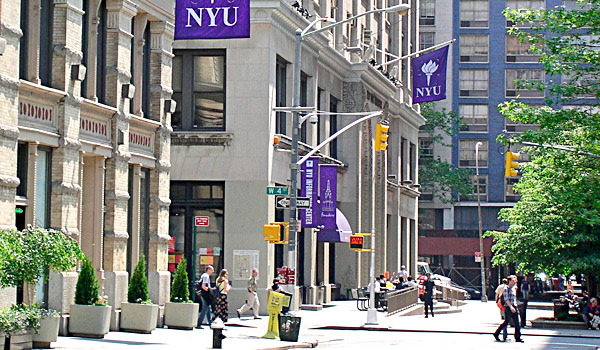Startups can provide big benefits to a city, providing jobs and boosting the economy with more spending, and New York City is quickly becoming an epicenter of the startup industry.
New York University has been working to be a part of that progress with its four Future Labs — the Data, Urban, Digital and Veterans labs, which serve as startup incubators within the Tandon School of Engineering.
Since the start of the Future Lab network in 2009, those institutions have had an estimated economic impact on the city’s economy of $4.06 billion, according to a new study.
NYU’s Future Labs were the first startup incubators in New York with city support, through the New York City Economic Development Corporation (NYCEDC). The Veterans lab was the most recent edition, having launched in Nov. 2017; all four hubs provide mentorships, community resources, education and more.
The school commissioned this study, which was conducted by advisory firm BJH Advisors, to see just how much these labs have helped boost emerging entrepreneurs and their tech businesses.
On top of that monetary impact, the Future Labs have supported 3,201 jobs in New York State, including 2,740 jobs in New York City, according to the study.
Officials say these labs are propelling New York City to the tech levels Boston and Silicon Valley were long known for.
“Time and time again our academic institutions have served as major economic drivers, launching a new generation of companies in New York City,” said James Patchett, NYCEDC president and CEO, in a statement.
Ninety-five companies have completed the NYU incubation program so far, including Geometric Intelligence Inc. which was acquired last year by rideshare giant Uber to become the base of Uber’s artificial intelligence lab.
“We are proud to have worked with NYU Tandon to help found the first city-funded incubator in the city, which has been a hotbed for innovation, job creation, and opportunity,’ Patchett added. “The impact of NYU Tandon’s Future Labs further proves that public-private partnerships are critical to real economic growth.”
























